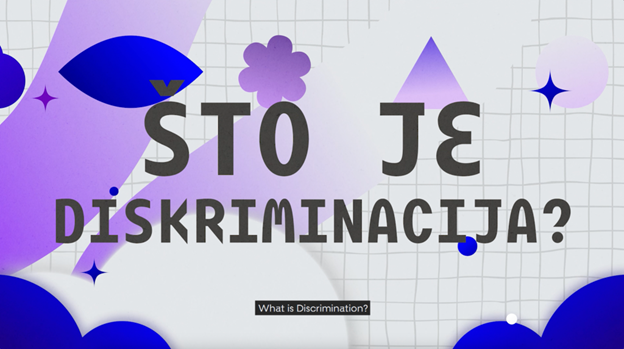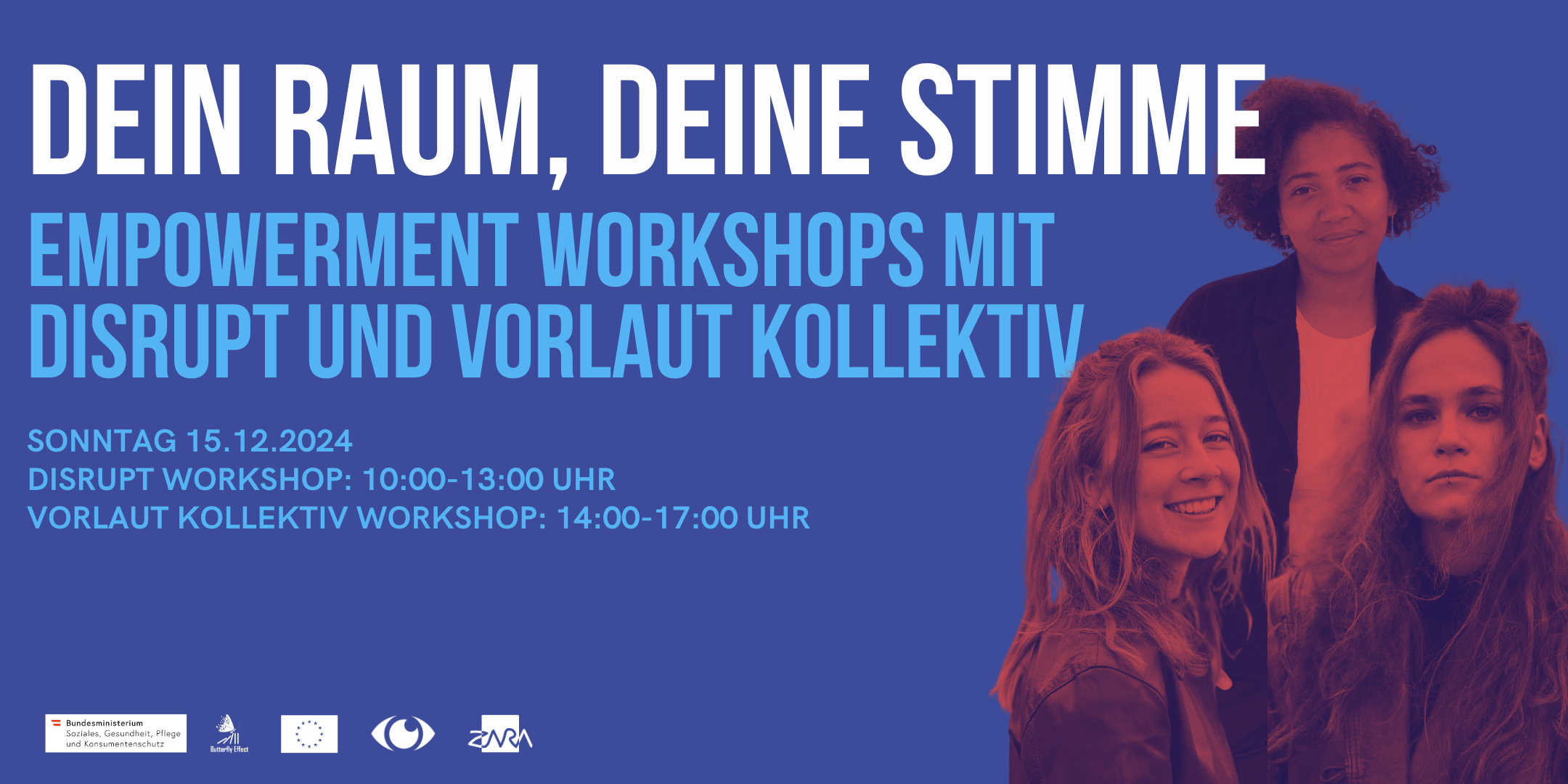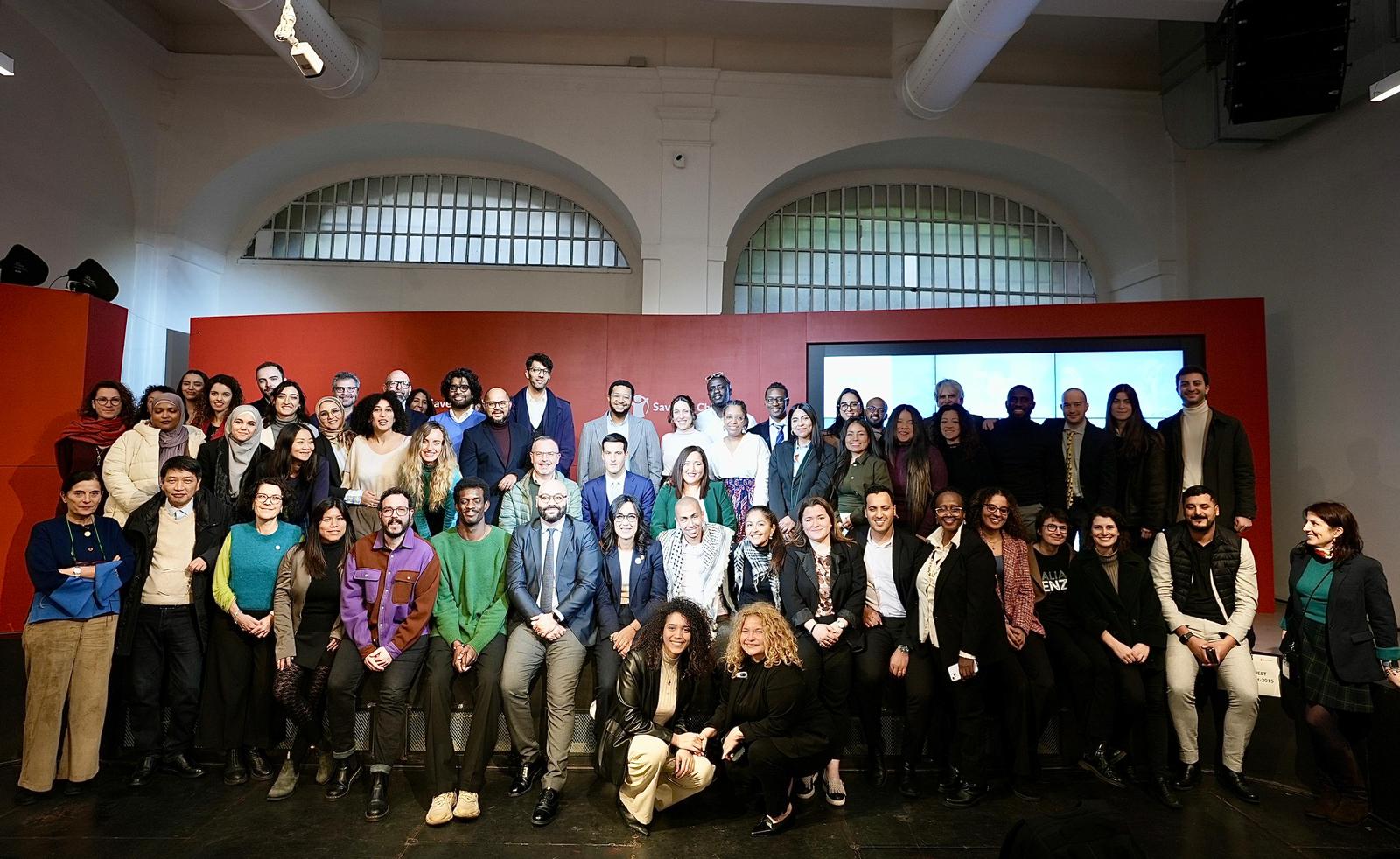Bystanders can play a key role in preventing and discouraging harmful behavior, discrimination and violence. By reacting to harmful behavior, we signal to the perpetrator that it is unacceptable and model to others that they too can react to injustice. This is how we contribute to building a safer, more solidary and more accountable society.
Are you wondering how to react to harmful behavior and move from being a passive to becoming an active bystander? The active bystander approach addresses this through the “5 Ds”, suggesting ways in which we all can act in case of witnessing harmful behavior directed at another person.
The most important thing is to assess the risks and ensure your own safety, but don’t forget that in most situations, there is something you can do:
- Document the event
If for any reason you cannot intervene, you can write down or record the event, which can later be useful to the person who was the target of the attack. Do not use recorded material without the consent of the victim.
2. Direct action
When intervening in case of violence, it is advisable to focus primarily on the person who is the target rather than the perpetrator. Remain calm and react by supporting the victim and condemning the harmful behavior of the perpetrator, but not the person themselves. If you retaliate or respond with a counterattack, you may inadvertently send a message that such behavior is acceptable, and may further escalate the situation.
3. Delegate
If you want to intervene but you don’t know how or you don’t feel safe, ask a third person to help you, especially if they are nearby (and especially if this is a member of staff or a person in a position of authority). If you are in a group of passive bystanders, it may be effective to ask for help from a specific person, and it is always safer to react in a group.
4. Distract
You can distract in various ways:
- Start a conversation with the perpetrator to create space for the targeted person to move away or for others to help them.
- Come up with a reason why the person being targeted needs to remove themselves from the situation.
- You can also try to confuse the perpetrator to de-escalate: ask an unrelated question, make a loud noise, drop the coffee from your hand, trip.
5. Delay
If you can’t react immediately for any reason, don’t forget that you can approach the person later and support them with your presence, help in finding information, etc. It is never too late to offer support.Read more about bystander intervention: https://www.splcenter.org/20171005/splc-campus-guide-bystander-intervention#bystanderThis is the third in a series of three videos on discrimination – What is discrimination, Who to report discrimination to, and What to do if you witness discrimination or harassment produced by Human Rights House Zagreb within the Butterfly Effect project. The videos are subtitled in English.
The content is intended for youth, but also parents, teachers and anyone who wants to make a step towards dismantling their own prejudices, offer and receive help, and learn how to actively contribute to building an environment where there are no conditions for discrimination to thrive.
Get informed, get empowered, and contribute to building a more just and solidary society!



